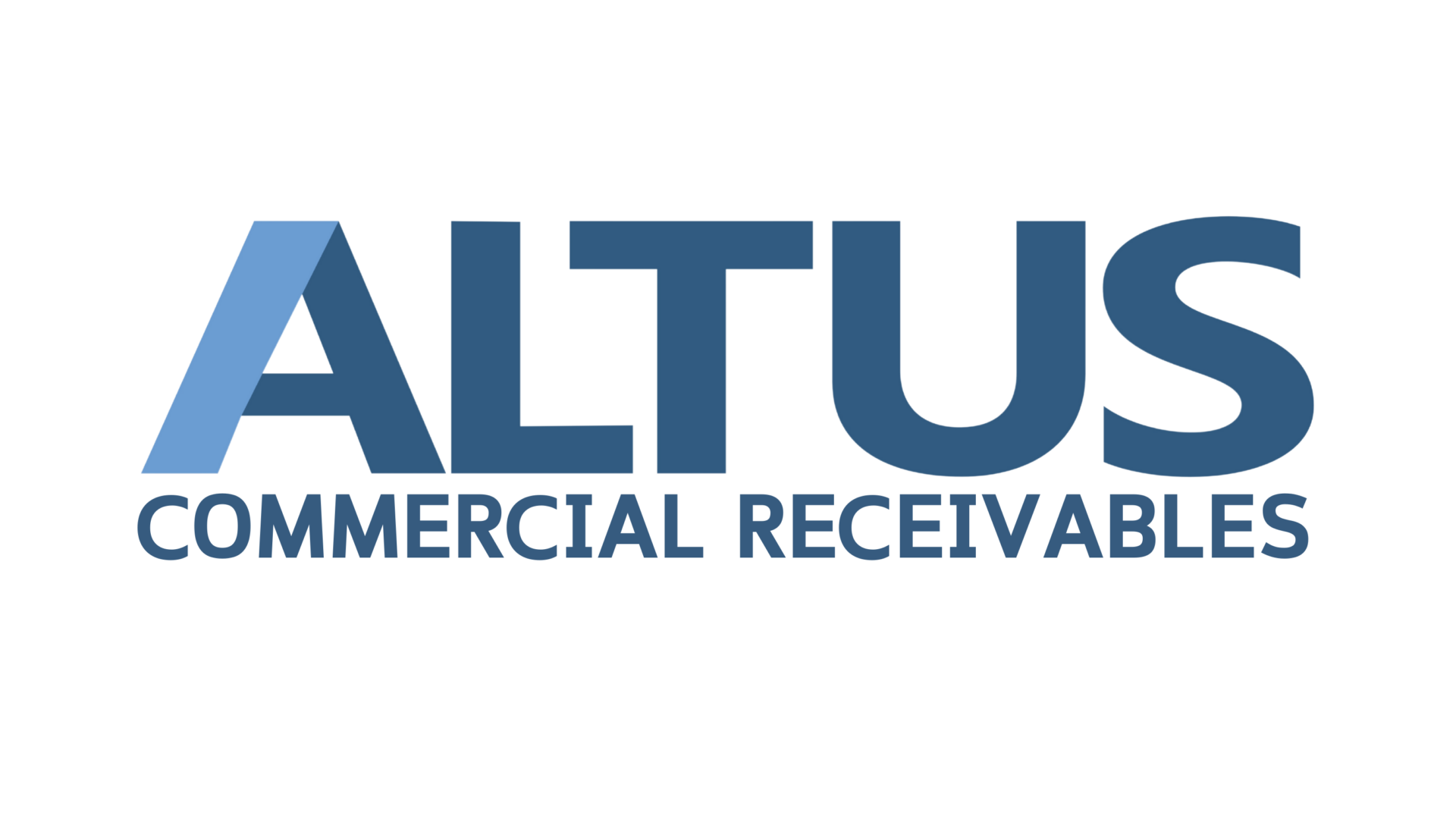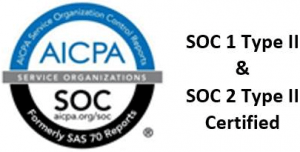Protecting Your Business Against Credit Risks
The implementation of the recent tariffs continues to be a hot topic among business owners and financial professionals. Despite changes in political administration, the tariffs recently imposed have largely remained in place, impacting industries across the board. But how exactly do these tariffs affect businesses, and more importantly, how do they influence accounts receivable management?
This article unpacks the recent tariffs and explores their implications for businesses dealing with delayed payments and credit risks. By the end, you’ll understand not only the challenges posed by these tariffs but also how to mitigate their impact effectively.
What Are The Recent Tariffs? A Breakdown
The recent tariffs, first introduced in 2018, marked a major shift in U.S. trade policy, targeting imports from key trading partners like China, Canada, Mexico, and the European Union. Designed to protect American industries by making foreign goods more expensive, they aimed to boost domestic manufacturing.
Now, in 2025, recent tariffs are back in focus. New tariffs have been announced or imposed on imports worth over $1 trillion, with this figure set to rise beyond $1.4 trillion as temporary exemptions for Canada and Mexico expire in April of this year. These include duties on steel, aluminum, autos, copper, and agricultural products, among others, under authorities like IEEPA and Section 232. Countries such as China, Canada, and the European Union have responded with retaliatory tariffs.
Preliminary estimates suggest the 2025 tariffs, along with those from 2018–2019, could reduce long-run U.S. GDP by 0.4%, eliminate 309,000 full-time equivalent jobs, and increase costs for businesses and consumers. While intended to strengthen domestic industry, the economic impact of these tariffs remains a subject of intense debate as questions about their long-term effectiveness and consequences for the global economy persist.
How the Tariffs Impact Small and Medium-Sized Businesses
The recent tariffs increased the costs of raw materials such as steel and aluminum, leading to higher prices for finished goods. Consider a basic supply chain for metal roofing materials:
- Step 1: A steel manufacturer faces higher costs due to tariffs and passes these costs on to a distributor.
- Step 2: A company shaping steel into roofing sheets also faces inflated costs and charges distributors more.
- Step 3: Roofing distributors raise their prices for contractors purchasing these materials.
- Step 4: The end user, a homeowner, bears the brunt of increased costs when hiring the contractor.
This inflationary domino effect is significant for smaller businesses, which operate on thinner margins and often rely on credit to purchase materials. For such businesses, delayed payments from end-users can disrupt cash flow, leading to a trickle-down effect on their accounts payable and receivable departments.
Now, imagine this scenario repeating across industries impacted by tariffs—from auto parts to semiconductors. The outcome is consistent: payment delays and increased financial strain on businesses operating closest to consumers.
How Tariffs Inflate Commercial Accounts Receivables
- Rising Costs, Slower Cash Flow: Tariffs aren’t just about higher prices—they impact your bottom line. Increased production costs lead to pricier products, and when customers face higher costs, they often delay purchases or payments. For businesses already operating on thin margins, this means stretched accounts receivable (AR) cycles, less cash on hand, and a scramble to keep working capital flowing.
- Looser Credit Terms, Higher Risk: To keep customers onboard despite rising prices, many businesses offer more flexible credit terms. While this might close a deal today, it opens the door to bigger risks tomorrow—especially if the economy takes a downturn.
- Collections Headaches That Won’t Quit: Longer payment delays mean more time chasing invoices. Managing late accounts manually becomes a time-consuming hassle, pulling focus away from growing your business and putting even more pressure on your team.
Strategies to Navigate Tariff-Driven AR Impacts
To survive and thrive in the current business climate, companies need to adopt proactive strategies to mitigate the issues caused by tariffs. Here are some actionable approaches:
- Tighten Credit Policies: Establish stricter credit terms for new customers and routinely evaluate existing ones. Shorten payment windows wherever possible and incentivize early payments through discounts.
- Leverage Business Credit Reports: Business credit reports, like those provided by Altus Commercial Receivables, help you evaluate prospective or existing customers’ creditworthiness. These reports provide key insights into financial trends, potential risks, and historical payment behavior, enabling smarter credit decisions. By understanding your customer’s ability to pay, you can avoid extending credit where repayment risk is high.
- Monitor AR Aging Reports: Keeping a close eye on aging accounts receivable is critical. Use AR aging reports to quickly identify overdue accounts so you can take action before delinquency escalates. The earlier you act, the higher your chances of recovering owed payments.
- Streamline Internal Collections: Invest in robust internal processes or teams that can pursue overdue payments efficiently. Alternatively, consider outsourcing this function to experts to augment your team during periods of high AR backlogs.
- Partner With a Commercial Debt Collection Agency: When in-house efforts aren’t yielding results, working with a B2B collection agency like Altus can significantly improve the odds of recovering funds. With advanced tools like our proprietary ARM-STRONG™ platform and decades of expertise, we can help businesses manage delinquent accounts without disrupting client relationships.
How Altus Business Credit Reports Can Help
Altus Business Credit Reports deliver detailed data and analytics that help business owners make smarter financial decisions. By providing real-time updates on credit risks, trends, and public financial records, these reports ensure that businesses avoid high-risk credit extensions. Features of the Altus Business Credit Reports include:
- Trade Data: Insights into payment trends and potential risks.
- Credit Score: A risk assessment tool that grades creditworthiness.
- Credit Limit Recommendations: Suggested credit ranges based on cash flow and risk metrics.
- Monthly Trends Analysis: A breakdown of customer payment patterns over time.
With tools like these, businesses can recalibrate their credit policies, whether by granting additional credit to reliable customers or restricting credit to high-risk accounts.
Takeaways for Managing AR in a Tariff-Heavy Economy
The recent tariffs continue to present challenges for businesses, particularly in the areas of supply chain costs and AR management. While no single solution eliminates these challenges, a combination of proactive credit management, diligent monitoring, and partnerships with dedicated experts can make a crucial difference.
For business owners and financial professionals, the key is staying ahead of the curve. Monitor AR closely, act on overdue accounts promptly, and leverage tools like Altus Business Credit Reports for better decisions. If managing your AR in-house feels overwhelming, don’t hesitate to seek outside expertise.
By prioritizing accounts receivable health, your business can tackle cash flow obstacles and thrive even in uncertain economic conditions. If you need expert support in navigating these challenges, contact us today to see how we can help.






